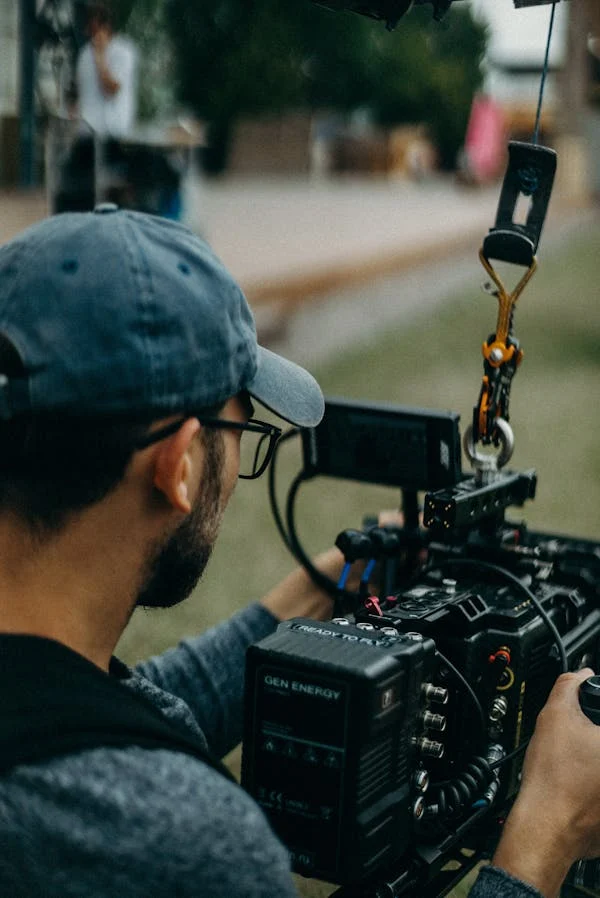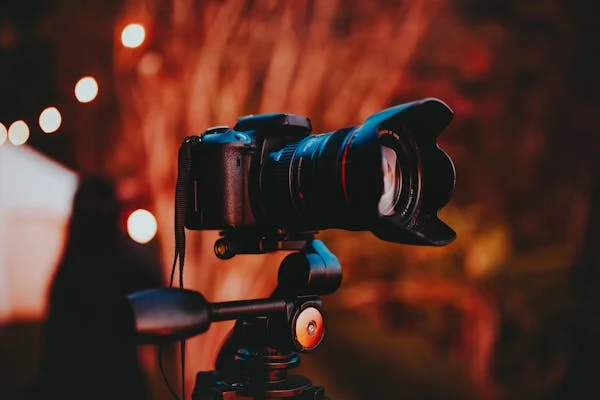Introduction:
Long before the advent of synchronized sound and CGI effects, there existed a golden era of cinema where storytelling relied solely on visuals, gestures, and expressive acting. Silent cinema, with its iconic stars, groundbreaking techniques, and timeless narratives, laid the foundation for the art form we know and love today. In this exploration, we’ll delve into the legacy of silent cinema and how it continues to shape and influence modern filmmaking.
Pioneering Techniques:
Silent cinema was a period of innovation and experimentation, where filmmakers pushed the boundaries of visual storytelling to new heights. Techniques such as montage editing, parallel storytelling, and expressive cinematography were pioneered during this era, laying the groundwork for modern filmmaking techniques that are still used today. Filmmakers like Sergei Eisenstein, D.W. Griffith, and F.W. Murnau revolutionized the medium, demonstrating the power of imagery to convey emotion, narrative, and meaning without the need for dialogue.

Iconic Stars:
Silent cinema introduced audiences to some of the most iconic stars in film history, whose performances continue to captivate and inspire generations of moviegoers. From the comedic genius of Charlie Chaplin to the mesmerizing presence of Greta Garbo, silent film actors possessed a unique ability to convey complex emotions and tell compelling stories through their performances. Their legacy lives on in the countless actors who have followed in their footsteps, drawing inspiration from their timeless talent and charisma.
Universal Themes:
Despite the absence of dialogue, silent cinema explored universal themes and emotions that continue to resonate with audiences today. From tales of love and loss to epic adventures and moral dilemmas, silent films tackled a diverse range of subjects with depth, nuance, and emotional resonance. Whether it’s the tragic romance of “The Phantom of the Opera” or the epic spectacle of “Metropolis,” silent cinema tapped into the collective human experience, touching hearts and minds across cultures and generations.
Visual Storytelling:
At its core, silent cinema was a celebration of visual storytelling, where images spoke volumes and conveyed meaning in ways that words could not. Filmmakers used composition, lighting, and movement to create dynamic and evocative imagery that captured the imagination and transported audiences to fantastical worlds and faraway places. The artistry and craftsmanship of silent filmmaking continue to inspire contemporary filmmakers, reminding them of the power of imagery to convey emotion, narrative, and meaning.

Preserving History:
In addition to its artistic and cultural significance, silent cinema plays a crucial role in preserving the history of the medium and honoring the pioneers who paved the way for future generations of filmmakers. Archives, museums, and film festivals around the world celebrate the legacy of silent cinema, showcasing classic films, restoring lost treasures, and educating audiences about this important chapter in film history. By preserving and celebrating silent cinema, we ensure that its impact and influence endure for generations to come.
Conclusion:
Silent cinema may belong to a bygone era, but its legacy lives on in the artistry, innovation, and timeless storytelling that continue to shape modern filmmaking. From pioneering techniques and iconic stars to universal themes and visual storytelling, silent cinema has left an indelible mark on the medium, inspiring filmmakers to push the boundaries of creativity and imagination. So the next time you watch a film, take a moment to appreciate the silent echoes of the past and the enduring legacy of silent cinema in shaping the art form we know and love today.

